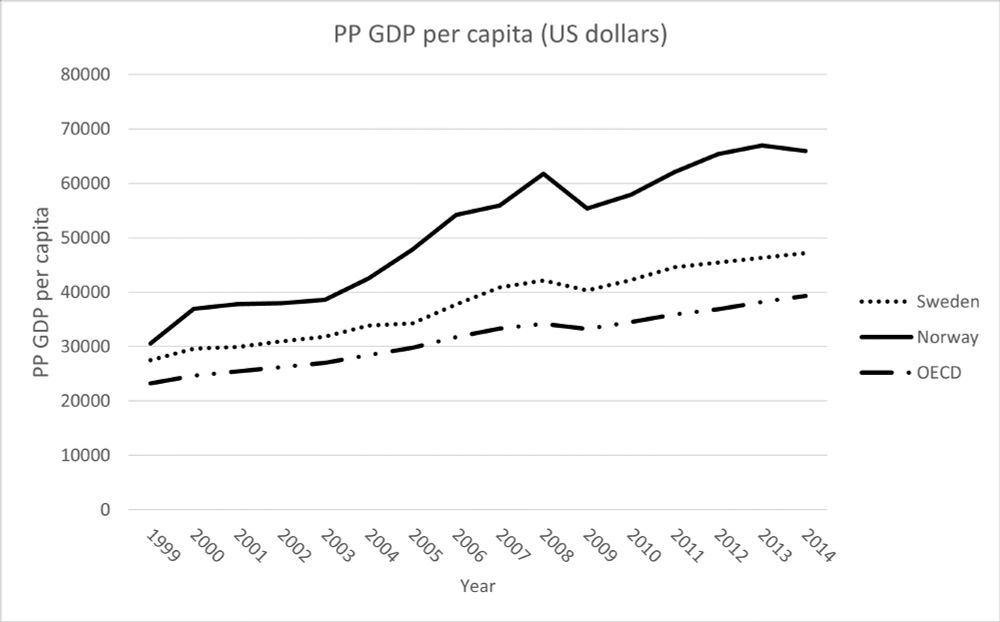
Views my own
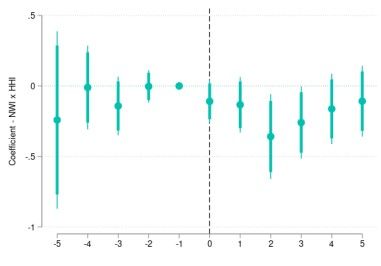
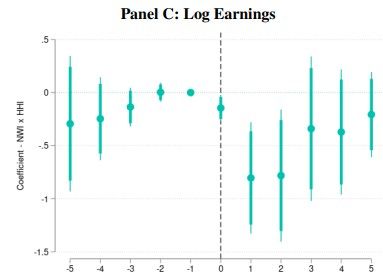
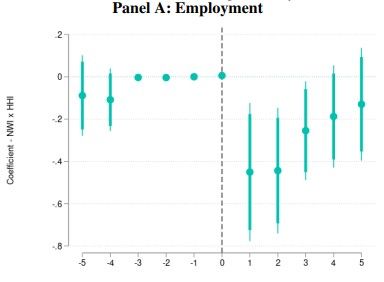
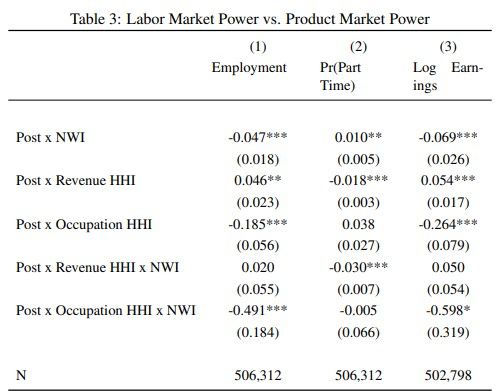
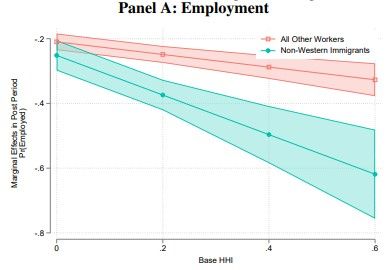
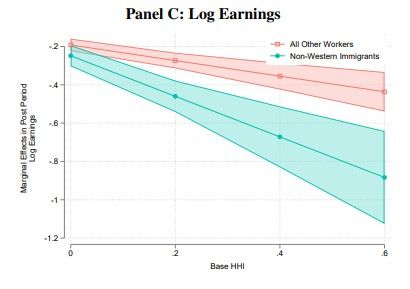
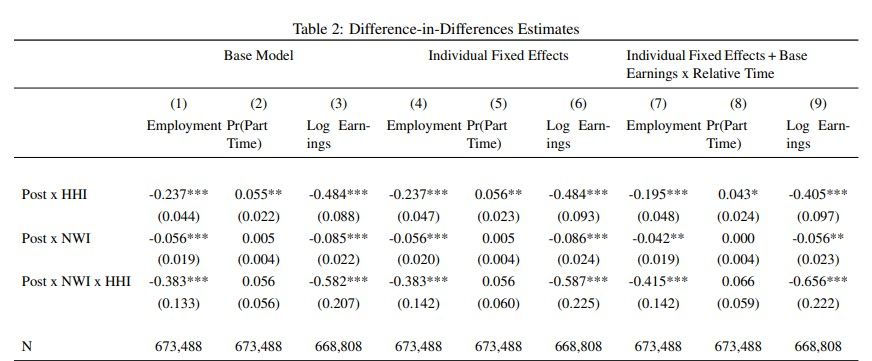
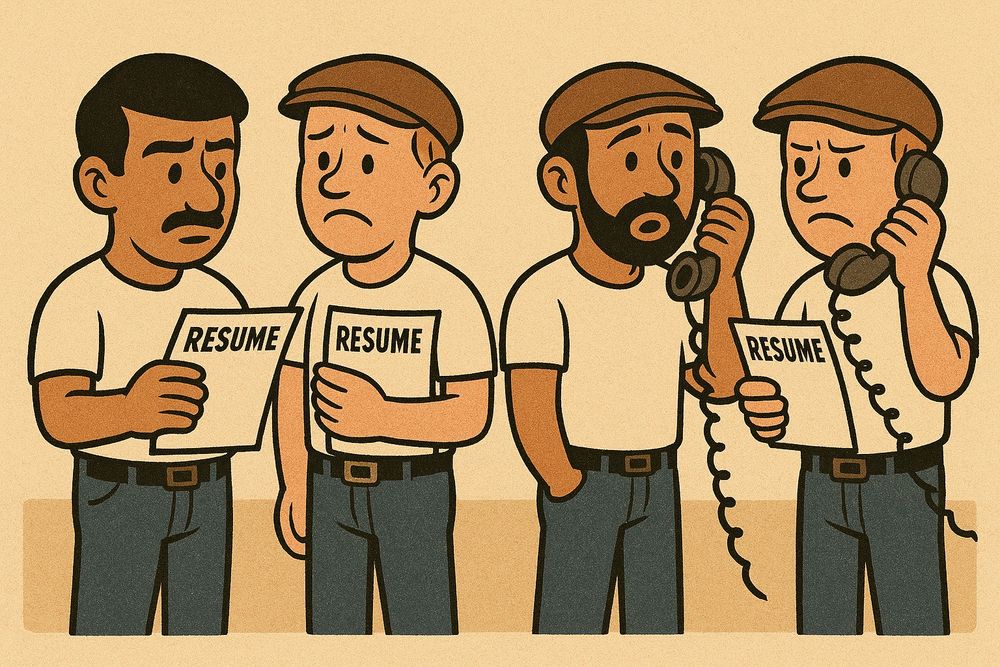


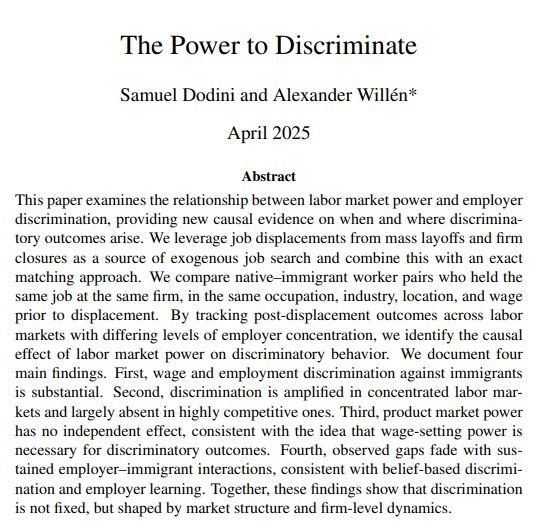
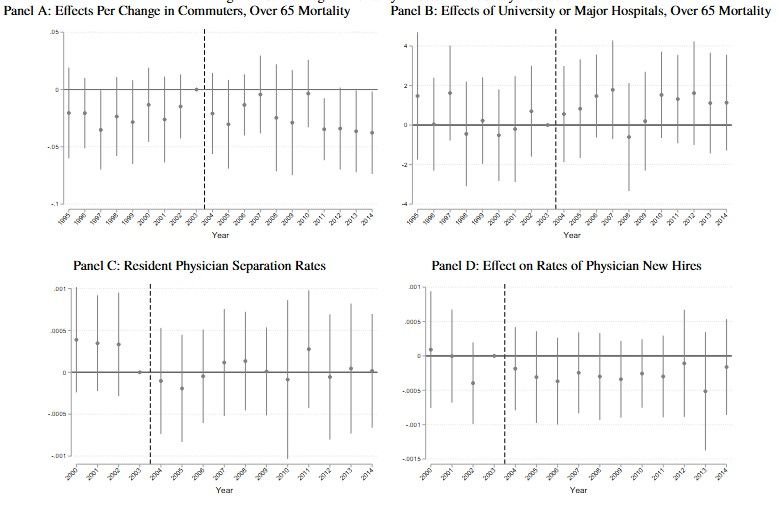
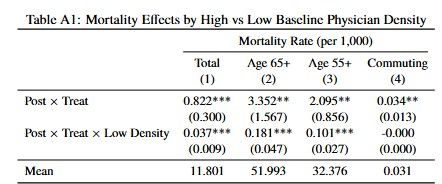

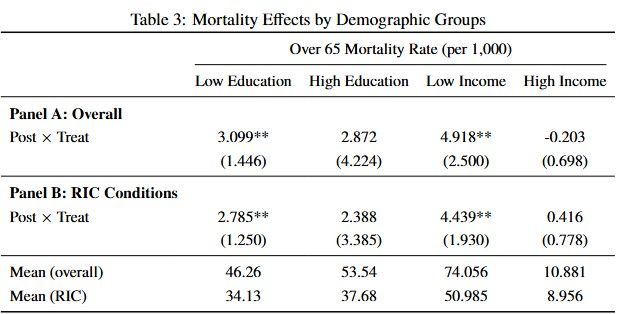

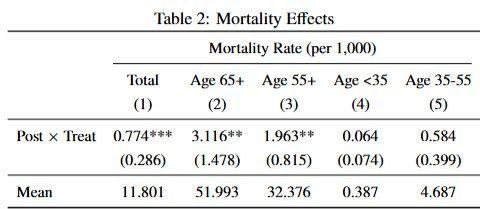


www.iza.org/publications...
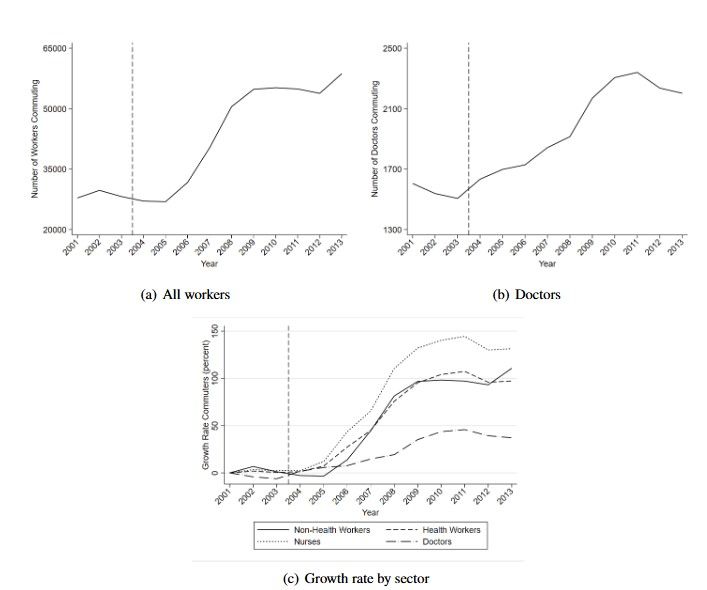
www.iza.org/publications...
What happens when you take a bunch of human capital out of a local economy? Is brain drain a real thing? And what are the consequences? In a new paper, we shed light on this in the context of highly developed economies: Sweden and Norway. #Econsky
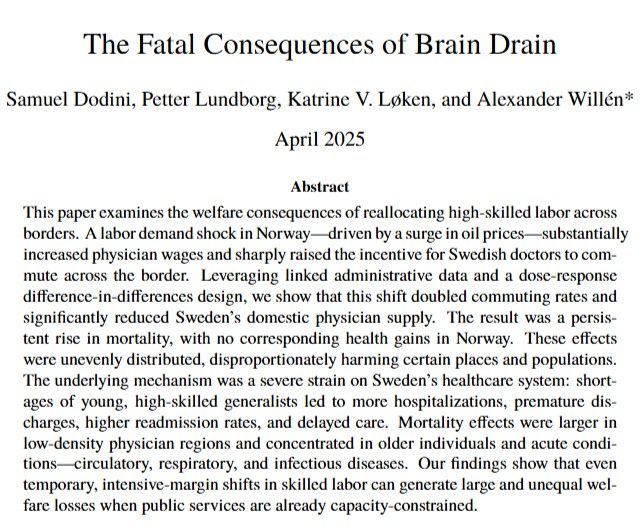
What happens when you take a bunch of human capital out of a local economy? Is brain drain a real thing? And what are the consequences? In a new paper, we shed light on this in the context of highly developed economies: Sweden and Norway. #Econsky









